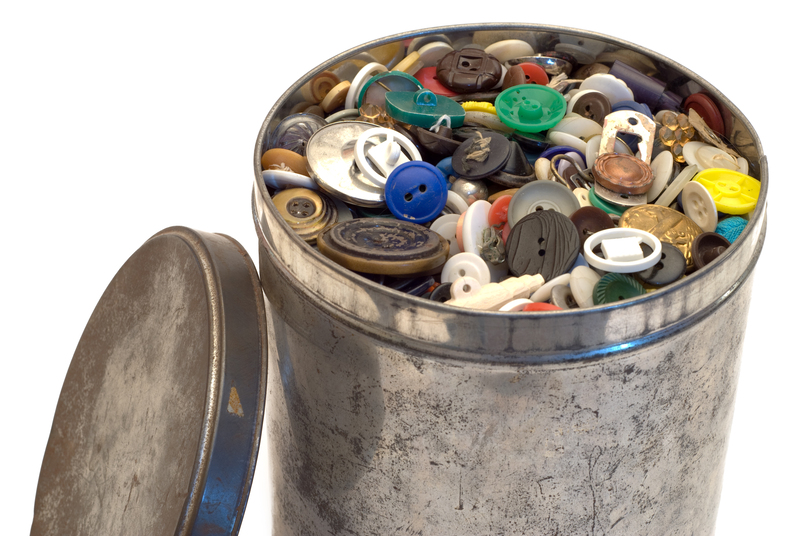Understanding Glass Recycling
Glass recycling is an essential part of sustainable waste management practices. By recycling glass, we save energy, reduce pollution, and conserve natural resources. This essential knowledge on glass recycling techniques offers a comprehensive look at how glass is recycled, the benefits of recycling glass, and modern innovations in glass recycling processes.
The Importance of Recycling Glass
Recycling glass is not just a matter of environmental preservation; it is a crucial economic activity. The production of glass using recycled materials requires fewer raw materials and substantially less energy compared to creating new glass from scratch. This reduction in energy consumption helps in minimizing carbon emissions, contributing to a decrease in the overall carbon footprint.

How Glass Recycling Works
Glass recycling follows a straightforward process, yet it incorporates several key stages:
- Collection: Used glass products are collected from homes, drop-off locations, and recycling centers. Segregating glass by color during collection can increase the value and recyclability of the glass.
- Sorting and Cleaning: The glass is sorted based on color--clear, green, and brown/amber--and any contaminants like metals, plastics, and labels are removed. Sorting is crucial as different colored glasses have different recycling processes.
- Crushing: The sorted glass is crushed into a fine material known as cullet. This cullet is the primary raw material used in creating new glass products, making it an integral component of the glass recycling cycle.
- Melting and Reshaping: The cullet is then heated in a furnace, mixed with other materials if necessary, and molded into new glass products. The use of cullet lowers the melting point, saving energy and resources.
Benefits of Glass Recycling
Incorporating glass recycling techniques into new glass manufacturing leads to a plethora of benefits:
- Energy Savings: Recycling glass conserves energy, with estimates suggesting it's up to 30% more efficient than producing new glass from raw materials.
- Reduces Landfill: Each ton of glass recycled can save about 1.2 tons of raw materials and drastically reduce landfill space occupied by glass waste.
- Resource Conservation: Glass recycling significantly reduces the extraction of raw materials like sand, soda ash, and limestone, preserving natural landscapes and ecosystems.
- Economic Benefits: Recycling creates jobs at various stages, including collection, processing, and manufacturing, providing economic impetus to regions involved in recycling activities.

Modern Innovations in Glass Recycling
As environmental concerns fuel the demand for more efficient recycling processes, new techniques for recycling glass continue to evolve:
- Improved Sorting Technologies: Advanced technologies such as optical sorting and robotic arms enhance the efficiency and accuracy of sorting glass by type and color.
- Closed-loop Systems: These systems enable the endless recycling of glass with no loss in integrity or purity, ensuring that glass pieces remain in the production cycle indefinitely.
- Integration with Other Materials: Innovative programs are exploring ways to incorporate recycled glass into construction materials, increasing the utility and versatility of recycled glass products.
Challenges Facing Glass Recycling
Despite its benefits, the glass recycling process faces several challenges:
- Contamination: Non-glass materials and incorrect sorting can contaminate the recycling stream, diminishing the quality and usability of recycled glass.
- Market Demand: Fluctuating market demand for recycled glass products can influence the economic viability of glass recycling, occasionally leading to the stockpiling of recyclable material.
- Transportation Costs: The weight and fragile nature of glass make transportation costly and environmentally challenging, potentially outweighing some of the benefits of recycling.
The Future of Glass Recycling
The future of glass recycling appears promising as efforts intensify to enhance technology and infrastructure, making the process more efficient. Increased public awareness, governmental incentives, and corporate responsibility programs are expected to bolster glass recycling rates. As glass recycling techniques advance, they hold the potential to play a substantial role in building a more sustainable future.
How You Can Contribute to Glass Recycling Efforts
Individuals can play an active role in the success of glass recycling by adhering to some straightforward practices:
- Proper Disposal: Always dispose of glass items in designated recycling bins or centers to ensure they enter the recycling stream.
- Reduce and Reuse: Before recycling, consider reusing glass items such as jars and bottles for storage or decoration.
- Spread Awareness: Educate others about the importance of glass recycling and encourage your community to participate actively.
Embracing recycling techniques for glass is a fundamental step toward establishing sustainable waste management systems that benefit our planet and future generations.